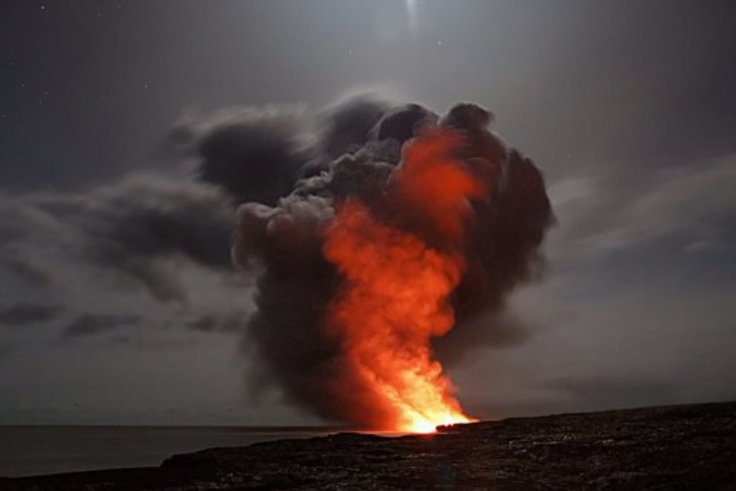
Space science has been witnessing staggering advancement and in the course of time, space agencies like NASA and ESA have spotted several exoplanets in various star systems. However, until now, the concept of an exomoon is confined only in papers, even though many scientists believe such entities could exist in the depths of space.
Now, a study conducted by a team of astronomers had detected some crucial hints that may be indicating the presence of an exomoon. As per experts, this possible space body is not just an exomoon, but it could a close sibling of Jovian moon Io, touted to be the most volcanically active object in the solar system.
Researchers who conducted this study believe that this exomoon could be covered with volcanoes spewing lava. Interestingly, this probable exoplanet could be most likely orbiting a planet named WASP-49b, a massive giant planet that shares eerie similarities to Jupiter. This massive planet is orbiting a dwarf star WASP-49 once every 2.8 days.
"It would be a dangerous volcanic world with a molten surface of the lava, a lunar version of close-in Super-Earths like 55 Cancri-e," said Apurva Oza, an astrophysicist at the Physics Institute of the University of Bern, Sciencealert reports.
Oza also added that discovering more exomoons could help to unveil more details about the atmosphere of exoplanets.
"While the current wave of research is going towards habitability and biosignatures, our signature is a signature of destruction. The exciting part is that we can monitor these destructive processes in real-time, like fireworks," added Oza.
A few days ago, a different study conducted by a team of researchers at Caltech had discovered an exoplanet which they called 'unlike any other'. This newly discovered exoplanet has three times the mass of Jupiter, and due to its long egg-shaped orbit, it takes somewhere in between 45 to 100 years to complete one orbit.









